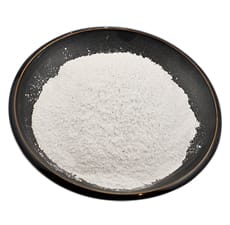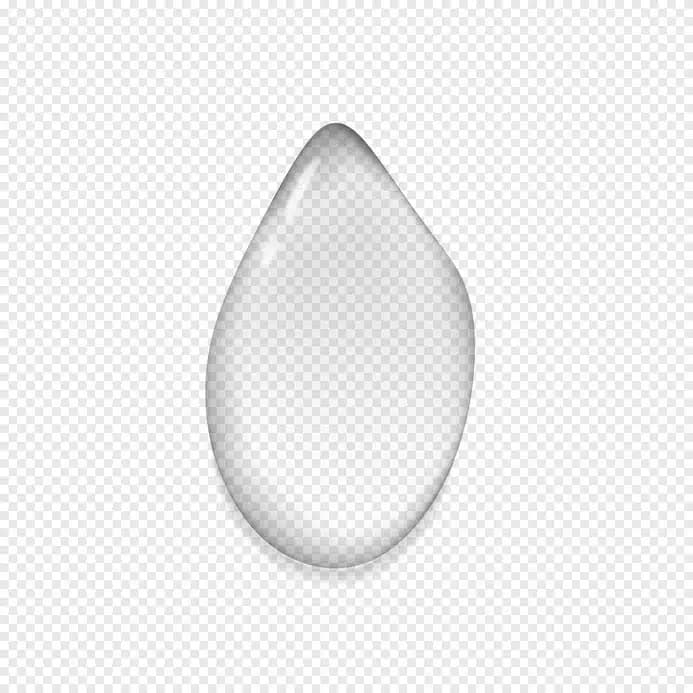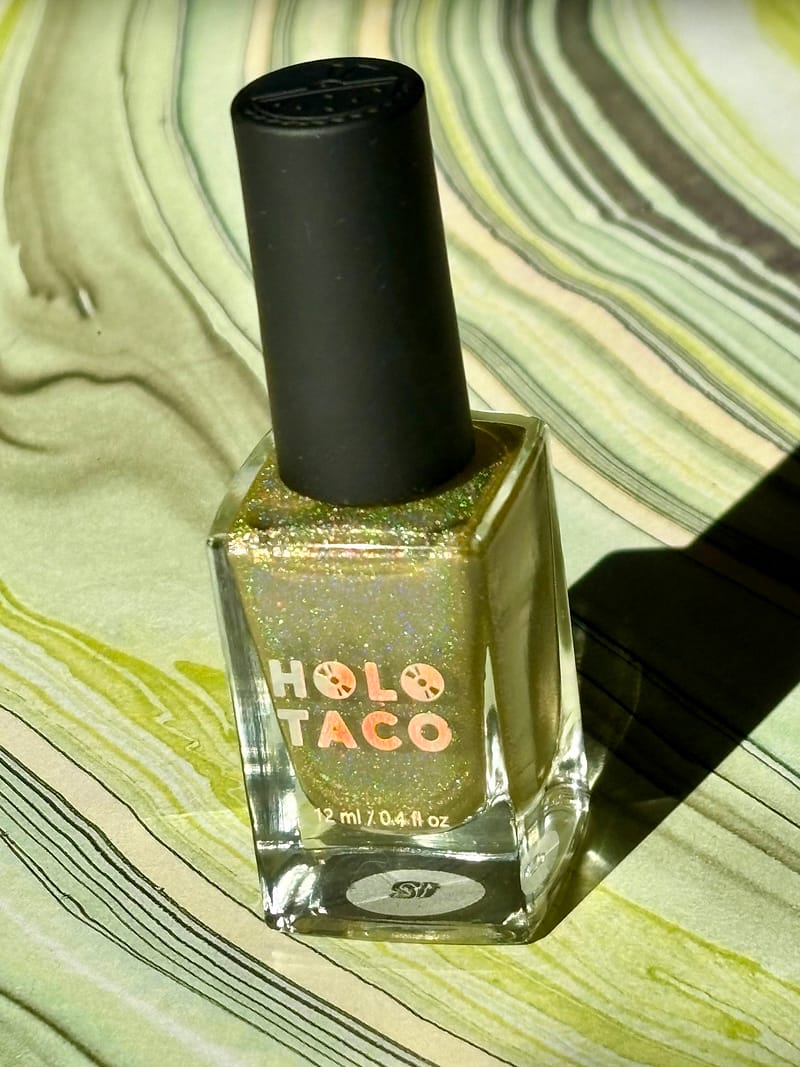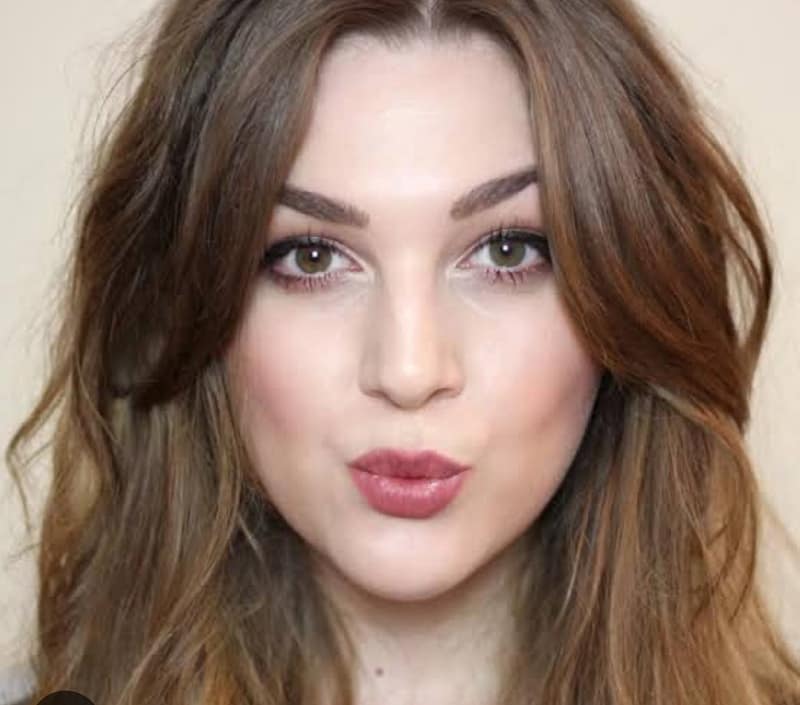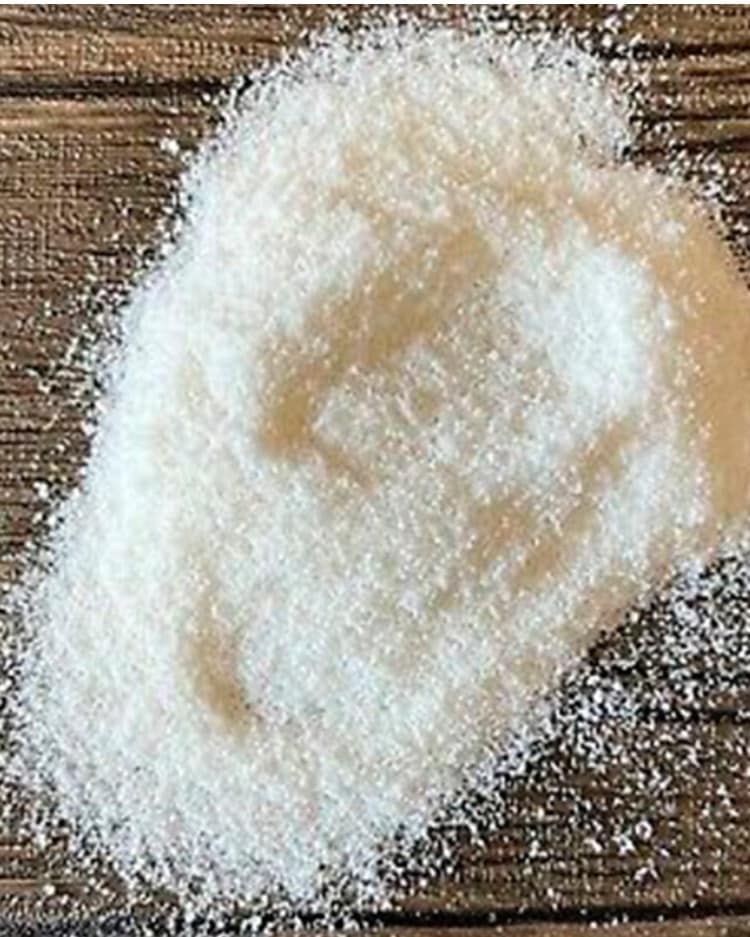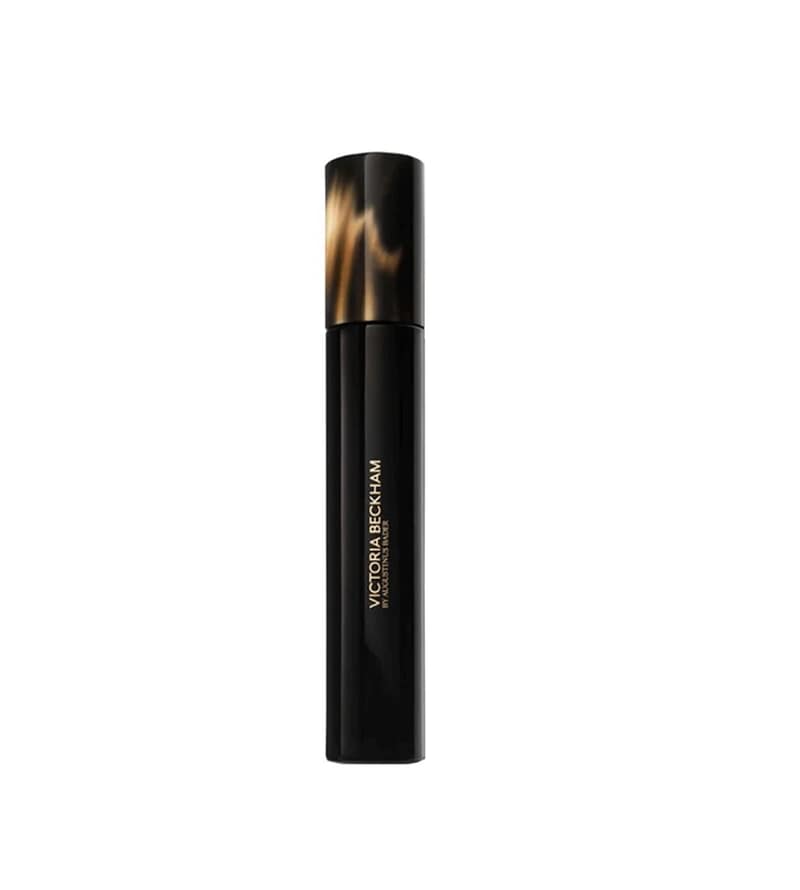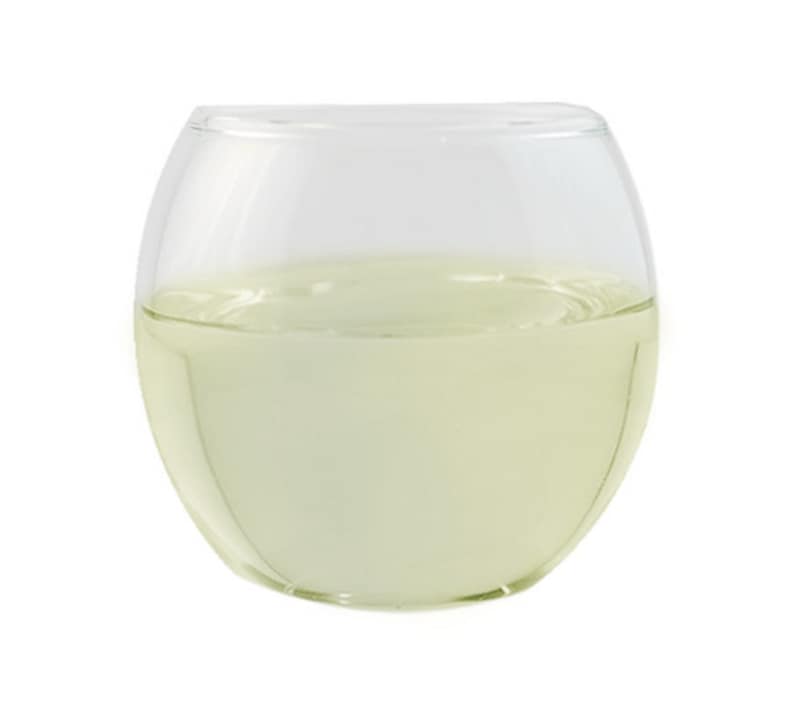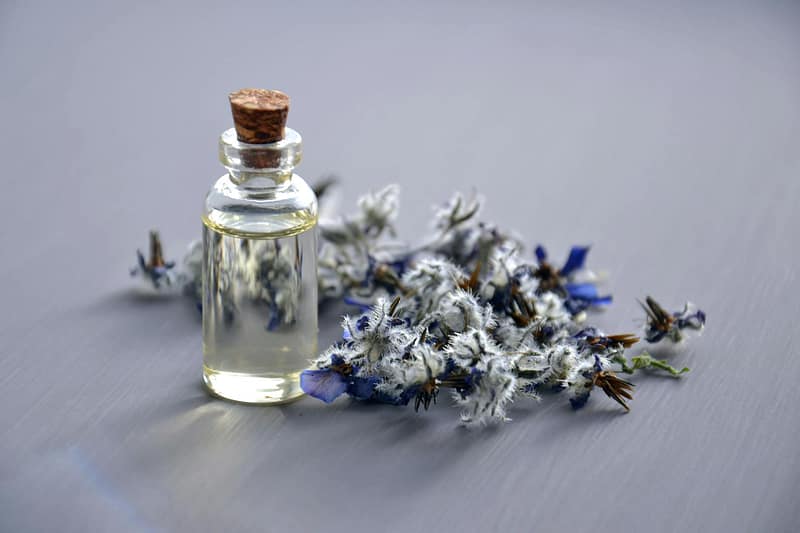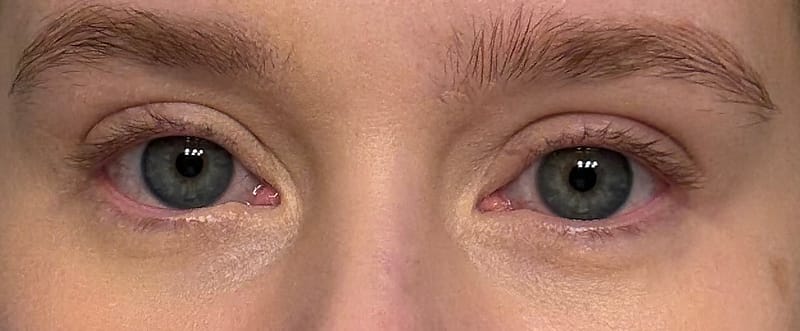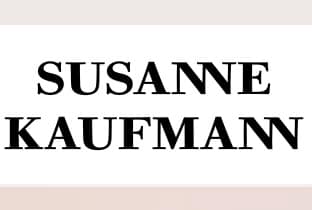Ah, talc. The Cinderella of cosmetic ingredients. This humble mineral has spent centuries getting gussied up, sent to the beauty ball, and thoroughly maligned by suspicious onlookers who insist it’s hiding a dark secret. Talc is in everything from eyeshadow to deodorant to baby powder, and yet it’s more controversial than pineapple on pizza. Today, we’re going to powder our noses with knowledge and answer the age-old question: Is talc the unsung hero of your vanity or a villain lurking in your makeup bag?
Spoiler alert: It’s a little of both.
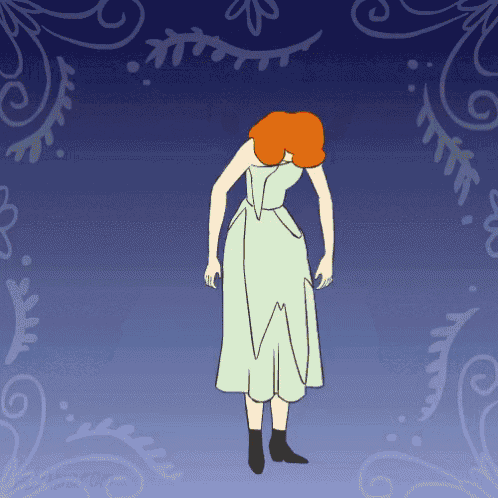
What Is Talc, and Where Does It Come From?
Talc is a naturally occurring mineral made up of magnesium, silicon, hydrogen and oxygen. Fun fact: It’s the softest mineral on Earth. Like, so soft that you could scratch it with your fingernail. This quality is why it’s such a beloved ingredient—it makes things silky, smooth, and easy to apply.
It’s mined from the Earth, often in deposits near asbestos. And therein lies the rub. Historically, some talc was contaminated with asbestos, which is about as good for your lungs as inhaling broken glass sprinkled with a side of bad decisions.
Modern regulations have significantly reduced this risk in cosmetics (more on that later). But talc’s proximity to asbestos is why it has a bad rap—it’s the mineral equivalent of having an untrustworthy stepmother who makes a mess and forces you to clean it up.
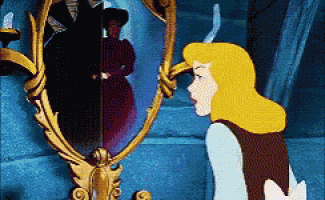
A Brief History of Talc: From Pharaohs to Kardashians
Talc has been a staple of self-care since the time of the Ancient Egyptians, who used it to keep their skin silky smooth while inventing eyeliner and pretending the plagues were NBD. Later, the Victorians used talc to set their elaborate face powders and prevent the unspeakable horror of shiny skin.
But talc really hit the big time in the 20th century when Johnson & Johnson launched its iconic Baby Powder. Suddenly, every home had a little jar of talc for keeping diapers dry, armpits fresh, and chafing thighs at bay.
In the 1980s, cosmetic brands discovered talc could improve the texture of blush, foundation, and eyeshadow. Talc was like that kid in high school who joined every club and got voted Most Likely to Succeed. It wasn’t just in your powder—it was your powder.

Talc and Safety: The Good, the Bad, and the Clickbait
Let’s address the giant pumpkin carriage in the room: Is talc safe?
1. The Asbestos Thing
Modern talc used in cosmetics is strictly regulated in many countries, including the U.S. and the EU. If you’re buying from a reputable brand, the talc in your makeup is tested to ensure it’s asbestos-free. However, the keyword here is reputable. That sketchy palette you bought on Wish? Maybe double-check.
2. The Cancer Thing
Studies linking talc to cancer (specifically ovarian cancer) have been inconclusive. Some lawsuits have brought this into the public eye, but scientists and regulatory bodies like the FDA and American Cancer Society agree: There’s no definitive proof that cosmetic talc is harmful when used properly.
TL;DR: Talc won’t murder you unless you inhale it like Scarface or use products that contain asbestos.
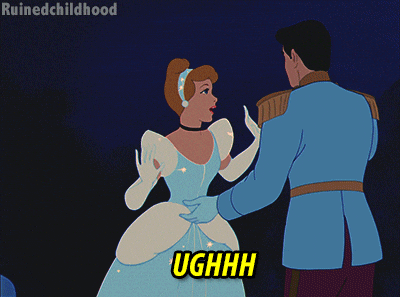
Pros and Cons of Talc
Pros: Why Talc Is the Cinderella of Beauty Ingredients
• Smooth as butter: Talc makes powders blend like a dream and prevents makeup from caking.
• Absorbs moisture: Perfect for controlling oil, setting makeup, and preventing chafing.
• Non-reactive: Talc is generally non-comedogenic and safe for sensitive skin.
• Budget-friendly: It’s cheap to produce, meaning your drugstore faves stay affordable.
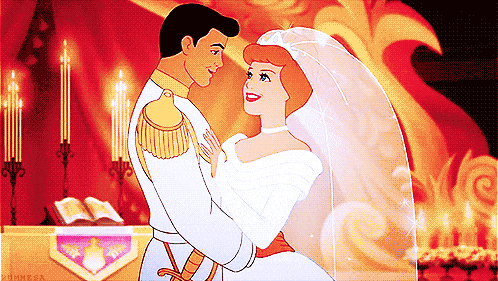
Cons: Why Talc Is Also the Evil Stepsister
• Controversy central: Asbestos risks (though rare) make talc a PR nightmare.
• Airborne hazards: Talc isn’t great for your lungs if you inhale it. Pro tip: Don’t snort your setting powder.
• Alternative envy: Newer ingredients like silica and mica are edging talc out of the spotlight, thanks to their less controversial vibes.
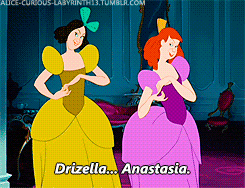
Should You Avoid Talc?
This depends on your level of paranoia. If you’re already considering moving to a cabin in the woods and making your own toothpaste, skipping talc might bring you peace of mind. But if you’re a regular, non-doomsday-prepper human who enjoys a good smoky eye, talc is probably fine.
That said, the market is full of talc-free alternatives. If you want to avoid talc but still slay the makeup game, look for products made with cornstarch, rice powder, or silica. Bonus: They’re often labeled “talc-free” right on the packaging because brands love a good virtue signal.
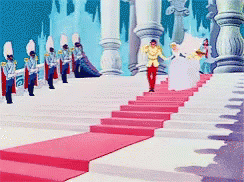
The Bottom Line
Talc is like that one friend who’s always surrounded by drama but secretly pretty chill once you get to know them. It’s safe when used correctly, fabulous at its job, and dirt cheap. That said, if the thought of talc keeps you up at night, there are plenty of alternatives to explore.
My advice? Make informed decisions, avoid shady brands, and for the love of Prince Charming, don’t eat, snort, or otherwise inhale your makeup. That’s not what it’s for, babes.
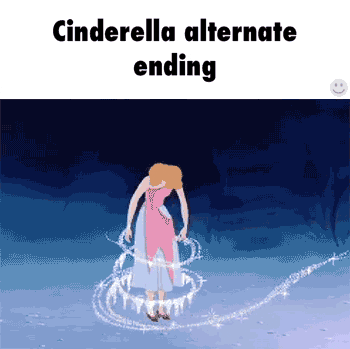
Further Reading:
Bologna, Caroline. “Is Talc In Makeup Dangerous For Your Health? Here’s What Experts Say.” Huffpost. 04/25/23.
Knight, Dacy. “Is Talc in Makeup Bad for You? A Cosmetic Chemist Gives It to Us Straight.” Byrdie. 11/01/23
“Talc.” United States Food and Drug Administration. 12/31/2024.
“Talc: History, Uses & Facts.” Globe Stone Hills.
